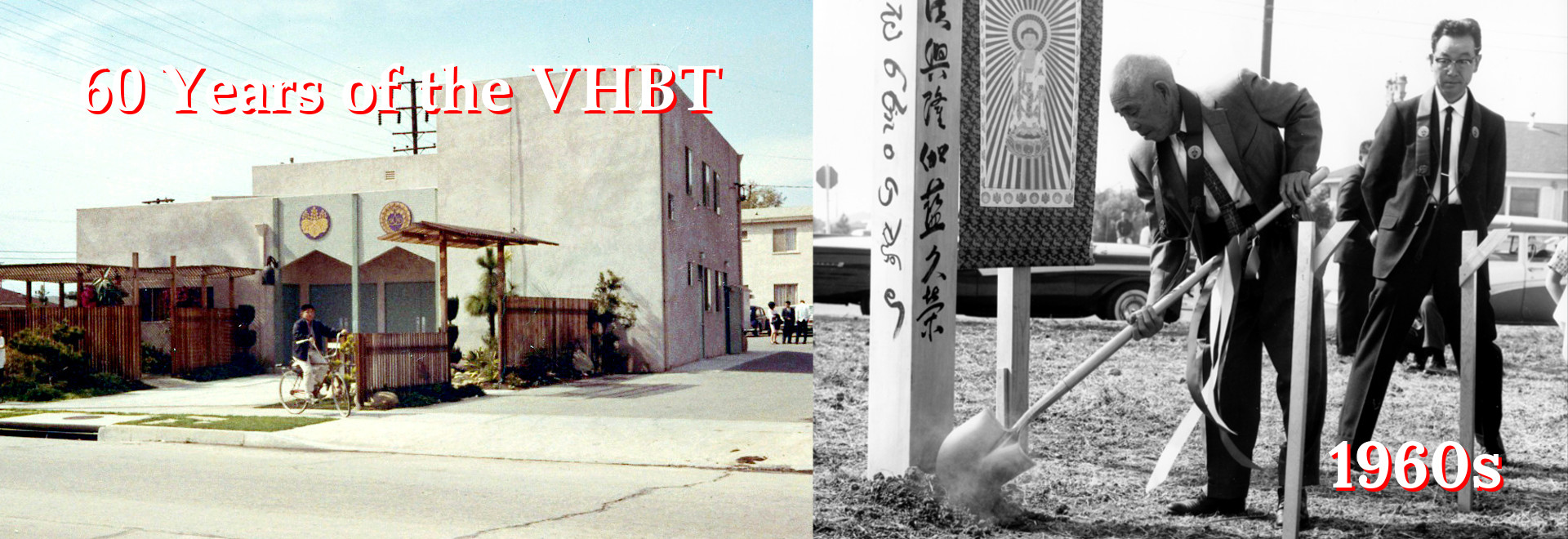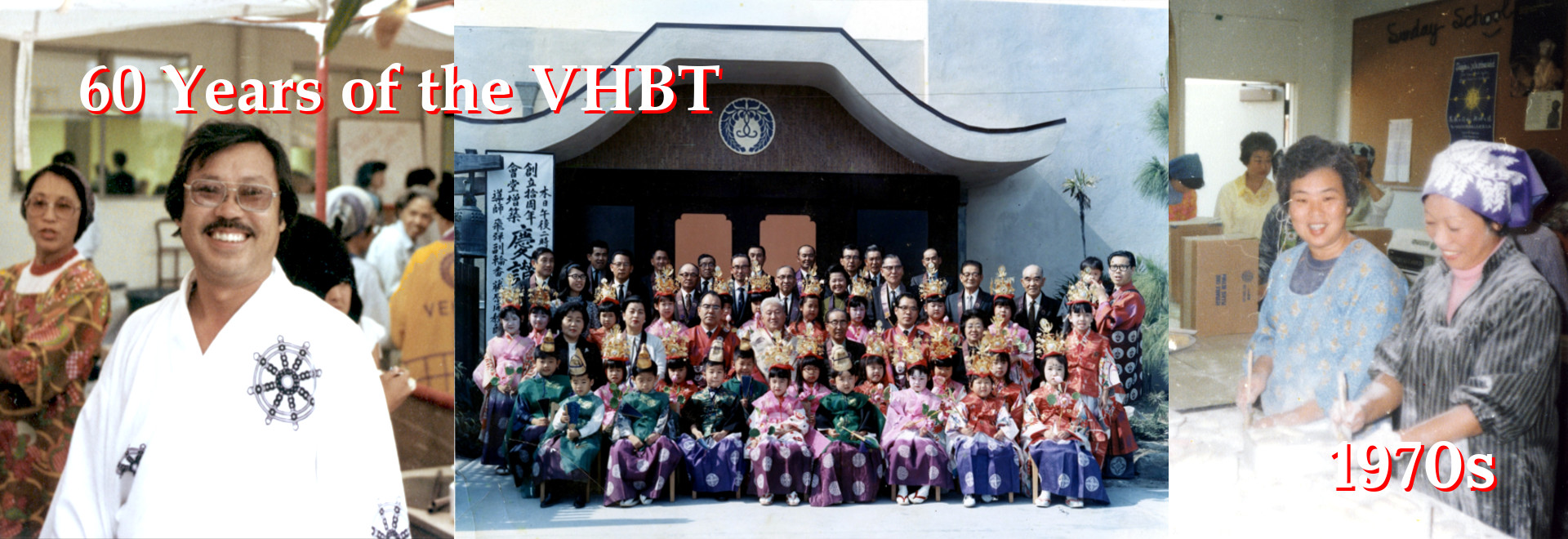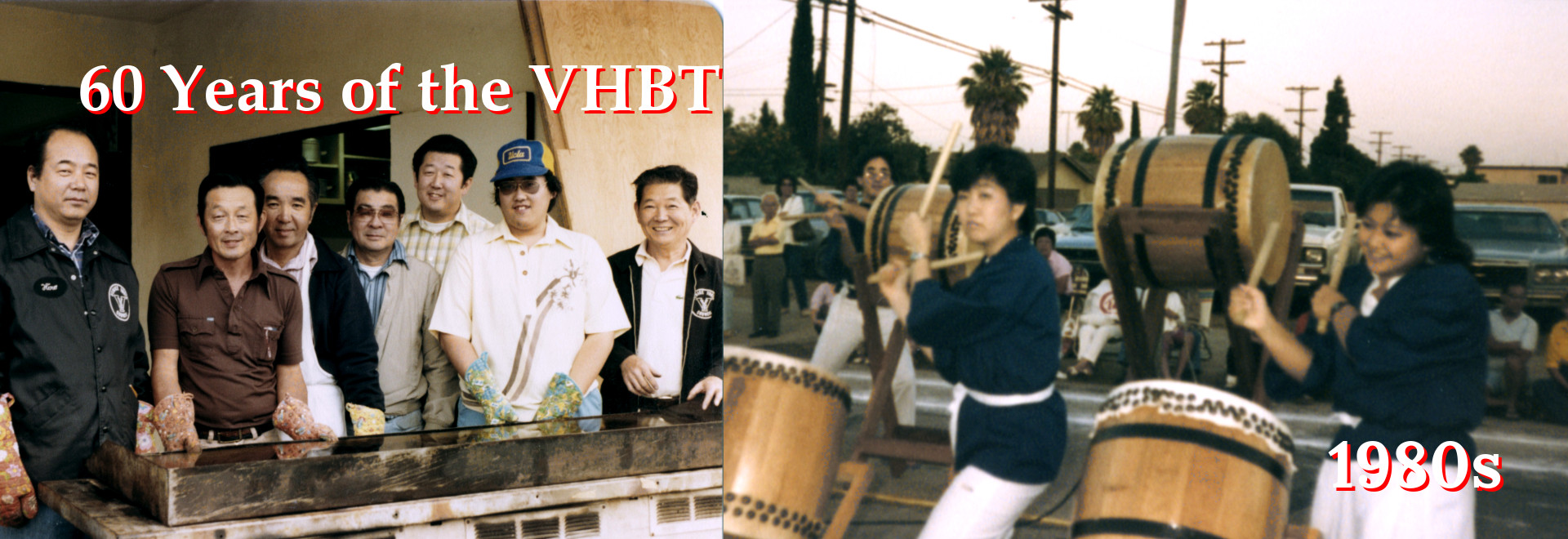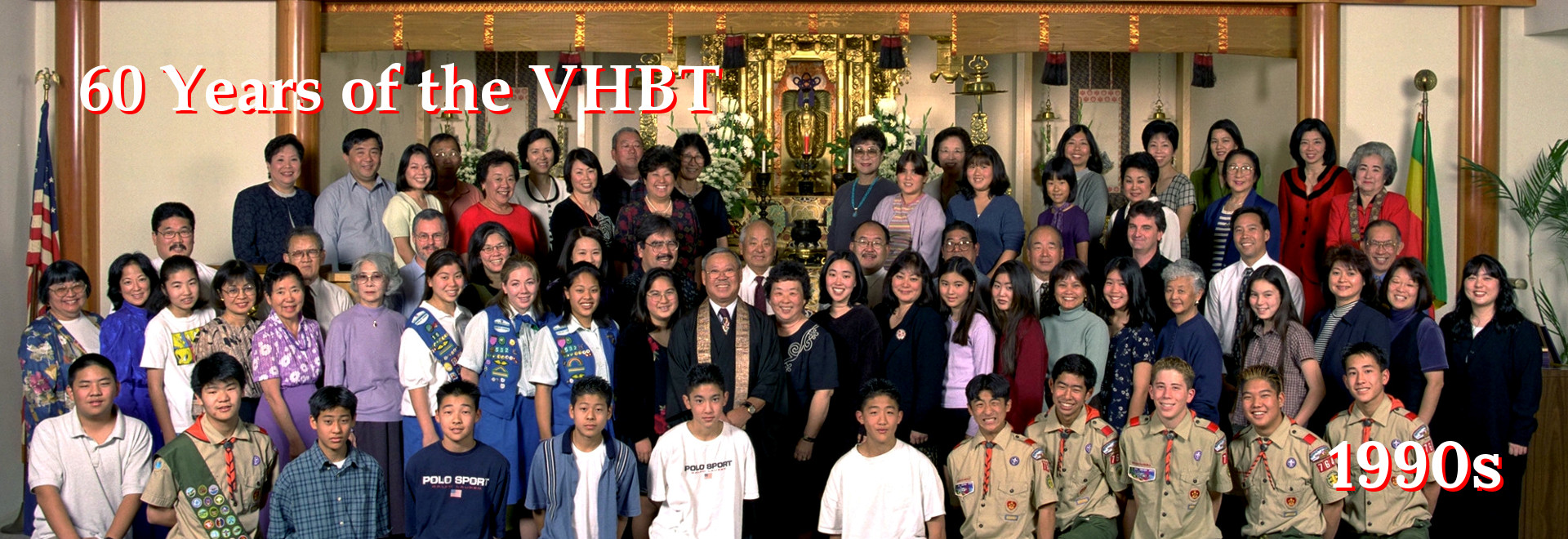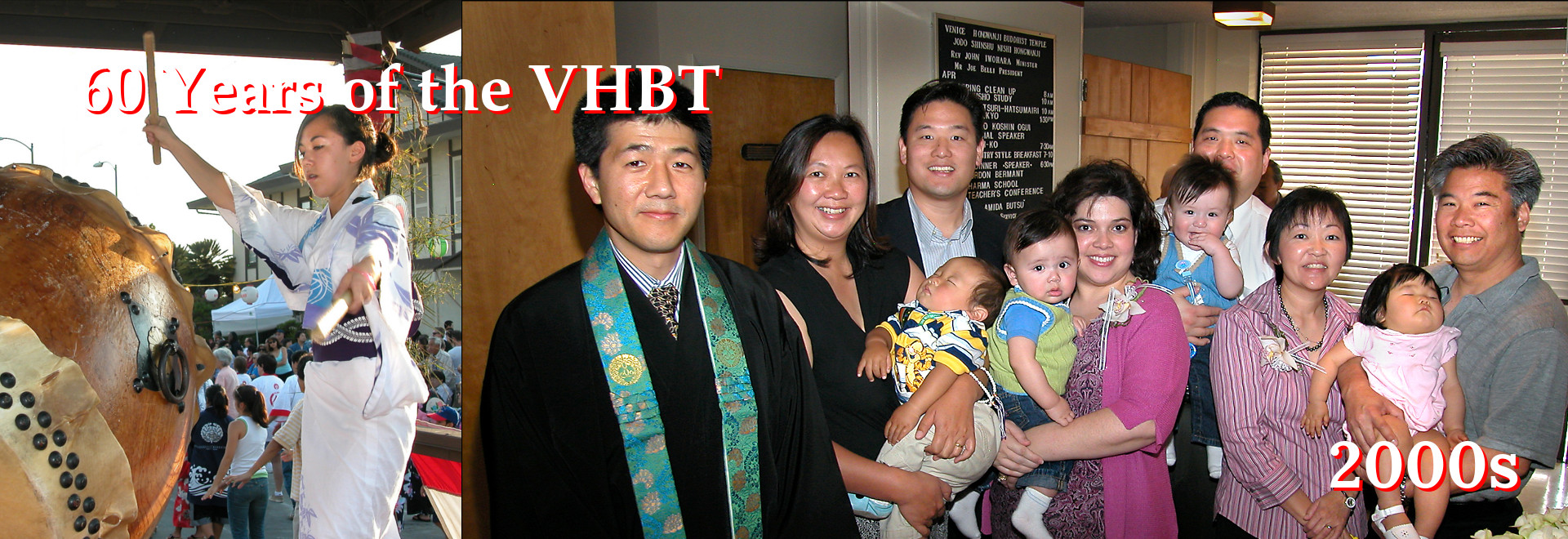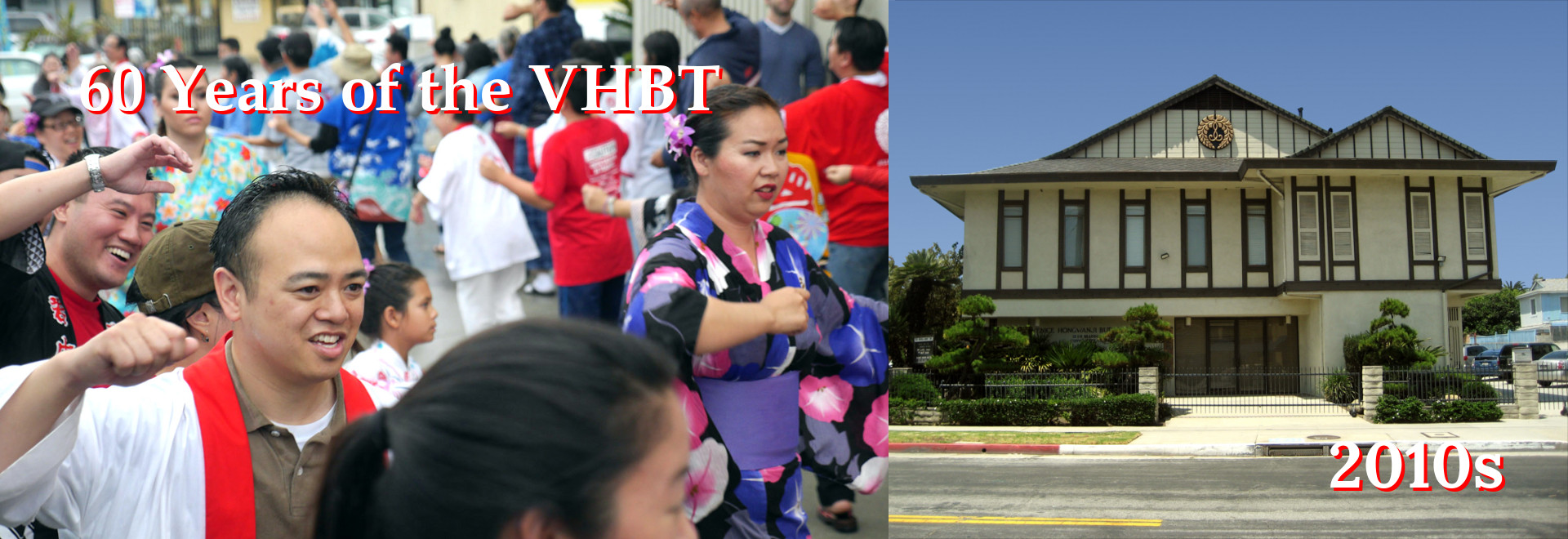Every year in the month of November the Venice Hongwanji holds its annual Eitaikyo service. This service is also often called the Muen Hoyo (無縁法要). Although the first phrase “Muen” can be translated to mean “without condition” or “without connection,” it is used to refer to those people who no longer have living relatives. The second phrase “Hoyo” literally means “essence of the Dharma” and refers to the ritual service. It is the “essence” because the Dharma is not meant to be just something one studies but something that one “lives” and something that is shared. Because of this the Eitaikyo Hoyo (service) is also something the temple conducts for all those people who have gone before us but who no longer have any living relative.
Eitaikyo, on the other hand, is often translated as “perpetual memorial service.” It is the service held by the temple to remember all the lives of its past. This is done to help us to appreciate what is being received in the present because of the past and as a way to guide those of us in the present to help pass on the gift of the Dharma to all the future generations.
The mission statement of the Venice Hongwanji is: “To promote a greater understanding and appreciation of Jodo Shinshu Buddhism and to continue to live the Nembutsu as a warm and friendly family centered temple.” In seeing the two meanings for the service as both the Eitaikyo Hoyo and as the Muen Hoyo, and in reviewing the Mission Statement of the Venice Hongwanji we see that the meaning of Muen is a little misleading because through the Namo Amida Butsu we see how we are all part of the same family of Nembutsu.
Rev. John Iwohara
